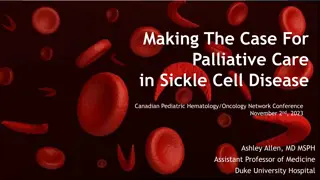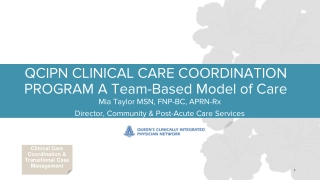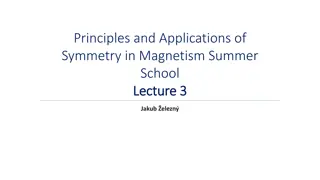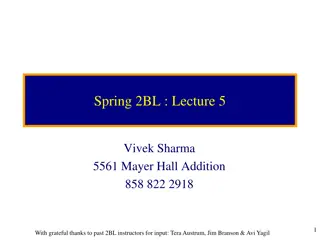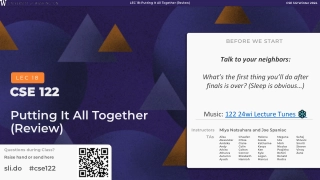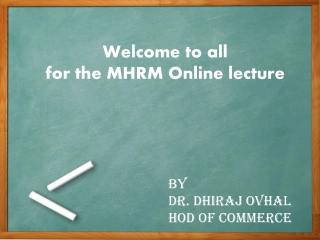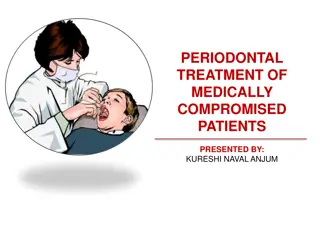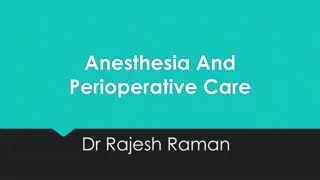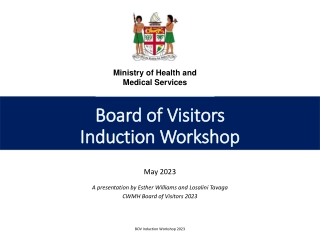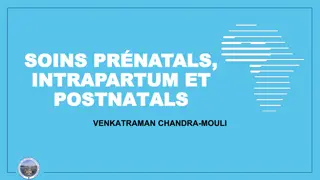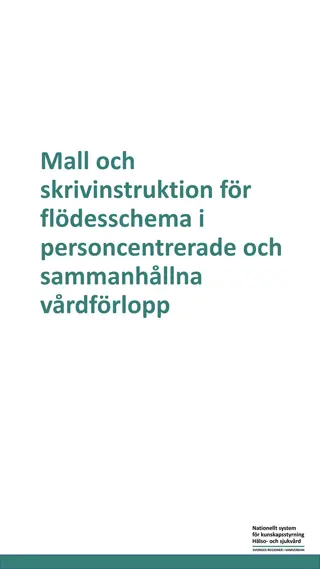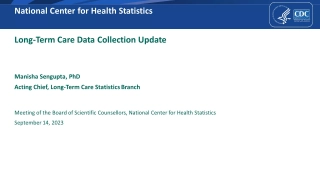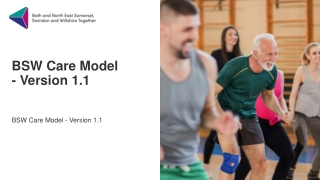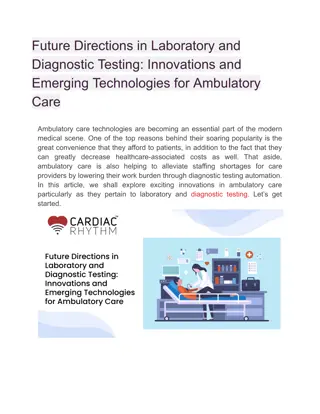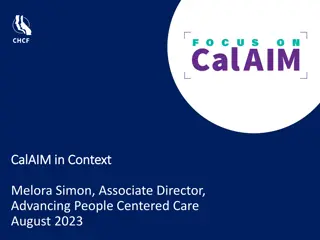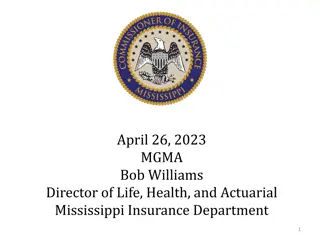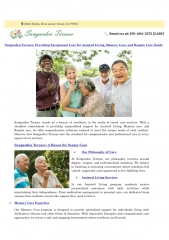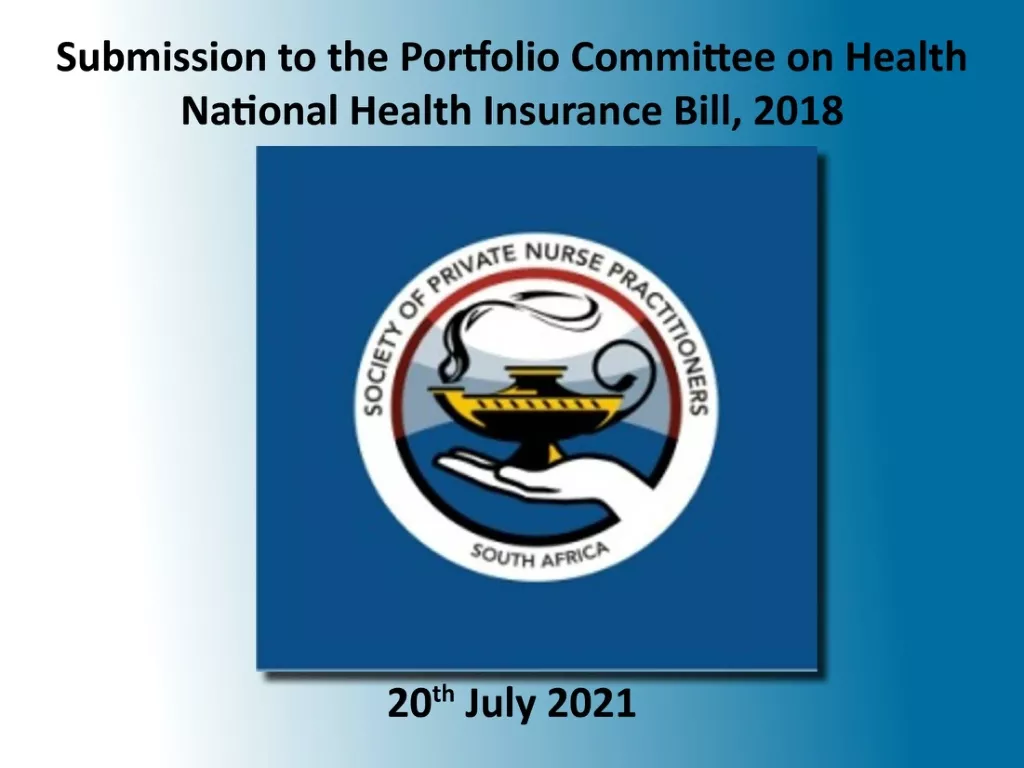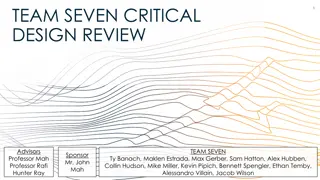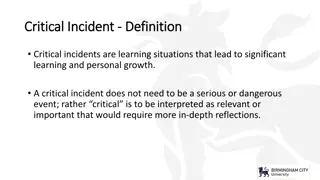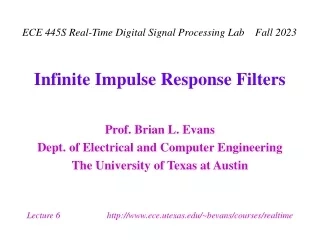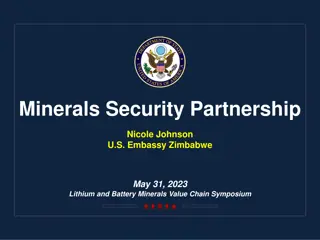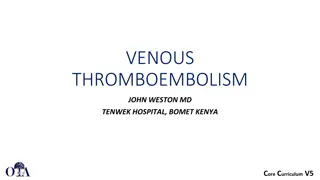Pulmonary and Critical Care Lecture Highlights: Bronchiectasis and Sarcoidosis Overview
Dive into the realm of pulmonary and critical care as Dr. Michael Forte discusses the intricacies of bronchiectasis and sarcoidosis. Understand the etiologies, diagnosis, investigations, and treatment options for these respiratory conditions. Explore the challenges and nuances of managing patients with bronchiectasis and sarcoidosis through a comprehensive lecture.
Pulmonary and Critical Care Lecture Highlights: Bronchiectasis and Sarcoidosis Overview
PowerPoint presentation about 'Pulmonary and Critical Care Lecture Highlights: Bronchiectasis and Sarcoidosis Overview'. This presentation describes the topic on Dive into the realm of pulmonary and critical care as Dr. Michael Forte discusses the intricacies of bronchiectasis and sarcoidosis. Understand the etiologies, diagnosis, investigations, and treatment options for these respiratory conditions. Explore the challenges and nuances of managing patients with bronchiectasis and sarcoidosis through a comprehensive lecture.. Download this presentation absolutely free.
Presentation Transcript
Internal Medicine Resident Lecture Michael Forte MD Pulmonary and Critical Care 4/6/23
Overview... Bronchiectasis Sarcoidosis Pulmonary Vasculitis and Hemorrhage
Bronchiectasis Bad syndrome irreversible airway dilation and destruction of bronchi and inadequate clearance of mucous and pooling of secretions Recurrent infections, inflammatory response Major divide CF versus non CF bronchiectasis Symptoms- cough, sputum, recurrent infections, foul smelling sputum, hemoptysis, dyspnea, weight loss Common pathogens H flu, PSA, Strep PNA, Staph Aureus
Diagnosis Classic symptoms plus HRCT findings 3 major classifications : cylindrical, varicose, cystic Tram track sign (lack of tapers, 1-1.5 x size of vessel), signet ring sign, string of pearls
Investigations/Workup PFT- usually obstruction HRCT CBC Sputum cultures and AFB RF/ANA/Autoimmune workup Immunoglobulins Alpha 1 Sweat chloride Aspergillus antibodies RF HIV Bronchoscopy
Treatment Treat underlying etiology No specific therapies approved for NCFB Bronchodilators ICS etc Airway clearance most important Mucolytics Dornase alpha/pulmozyme --NO HTS/mannitol/NAC? Suppressive abx? Especially inhaled abx PSA ? macrolides -- frequent exabations? Longer courses of abx for acute exacerbation
Sarcoidosis Chronic granulomatous disease of unclear etiology Must rule out exposure to beryllium, WTC works and interferon therapy can show same pathological findings Disease of young patients. Scandanaivan countries and African Americans F>M Small fraction heredity Some association with HLA genes
Clinical Findings Constitutional symptoms are common Weight loss, fever, night sweats etc Cough, wheezing, dyspnea, pleurisy PFT- obstruction, restriction or both +methacholine challenge FVC and DLCO most important to monitor disease progression
Labs and Imaging Hypercalcemia, hypercalcuria ACE levels BAL lymphocytosis with >cd4/cd8 ratio CXR nonspecific CT classic findings adenopathy +/-nodules Will be PET +, not usually helpful ECG, ECHO, CMR
Diagnosis / Path No lab diagnosis Bronchoscopy of biopsy showing noncaseating granuloma in absense of fungal and AFB TBBX EBUS Endobronchial disease
Treatment Spontaneous remissions occur and prognosis is based on the initial radiographic stage: 1 55 90% of patients with Stage I disease 2 40 70% with Stage II disease 310 20% with Stage III disease 4 0% with Stage IV disease The course of the disease is usually dictated within 18 24 months of onset. Patients with worsening symptoms, worsening forced vital capacity and/or DLCO, or worsening lung fibrosis should receive therapy. Extrathoracic abnormalities also play a role in deciding whether treatment should be initiated ie cardiac sarcoid, hypercalcemia etc
Pulmonary Vasculitis Small vessel vasculitis, systemic and necrotizing This group of diseases includes granulomatosis with polyangiitis (GPA), microscopic polyangiitis (MPA), and eosinophilic granulomatosis with polyangiitis (EGPA). Frequent occurrence of ANCA is pathognomonic, but not required for diagnosis. More than half of patients with these vasculitides haveANCA positivity as well as predominant pulmonary symptoms.
DAH DAH is characterized by diffuse hemorrhage into the alveolar spaces. Hemoptysis may be absent in up to 30% of patients. Progressive dyspnea and hypoxemia leadsto respiratory failure. Chest radiograph typically shows diffuse alveolar infiltrate sbilaterally. Reduced and/or declining hemoglobin (iron-deficiency) is also seen. Coagulopathy and thrombocytopenia can predispose to alveolar hemorrhage.
DAH Diagnosis BRONCHOSCOPY DAH from any cause is best confirmed by bronchoalveolar lavage (BAL). The serial lavage aliquots will be gradually more hemorrhagic, confirming the alveolar origin of the blood. Hemosiderin-ladenmacrophages (demonstrated by Prussian blue staining) are also characteristically found in BAL fluid from patients with DAH, In the absence of active hemorrhage, > 20% of hemosiderin-laden macrophages in the BAL seals diagnosis
DAH management Pulse dose steroids -- ?evidence Plasma exchange Cyclophosphamide Rituxumab Not RCT but favoring lower steroid now ?need for plasma exchange
Question 1 A 54-year-old man is evaluated for a 2-year history of chronic productive cough. He has intermittent wheezing, shortness of breath with exertion, and nasal congestion. On physical examination, vital signs are normal. Bibasilar crackles are present. Cardiac examination is normal. CT scan of the chest shows cylindrical bronchiectasis of bilateral lower lobes. Which of the following is the most appropriate diagnostic test to perform next? A Bronch BAL B Serum Immunoglobulins C Measurement of IgG response to pneumococcal immunization D Nasal Ciliary Biopsy
Question 2 A 23-year-old woman is evaluated for chronic cough. She reports several episodes of chronic bronchitis as a child and persistent cough productive of thick purulent sputum since childhood. She also has chronic nasal congestion and chronic diarrhea. Medications are albuterol and glucocorticoid inhalers and benzonatate as needed. On physical examination, vital signs are normal; oxygen saturation is 96% with the patient breathing ambient air. BMI is 18. Lung examination reveals bilateral diffuse crackles. The remainder of the examination is normal. Complete blood count and immunoglobulin levels are normal. Chest CT scan shows bilateral upper-lobe-predominant bronchiectasis with luminal filling. Spirometry shows an FEV1of 68% of predicted. Which of the following is the most likely diagnosis? A ABPA B Alpha 1 C CF D IgA Def
Question 3 A 72-year-old woman is evaluated for exacerbation of bronchiectasis symptoms over the past 3 days. Chronic productive cough has worsened in frequency and severity, and her sputum has increased in amount, become thicker, and changed in color from white to dark yellow. She has been using albuterol and hypertonic saline nebulization with a positive expiratory pressure device three times daily since her symptoms increased. On physical examination, vital signs are normal. Lung examination reveals bibasilar crackles. There is no accessory muscle use. Prior sputum cultures have grown Pseudomonas aeruginosa and Haemophilus parainfluenzae. Chest radiograph reveals chronic interstitial markings but no acute change. Which of the following is the most appropriate treatment? A Azithro B Dornase Alpha C Prednisone D Cipro
Question 4 A 31-year-old man is evaluated following an abnormal finding on a chest radiograph obtained as a part of pre-employment screening. He is a lifelong nonsmoker with no history of dust exposure. His medical history is unremarkable, and he has no known respiratory or constitutional symptoms. The vital signs and physical examination are normal. Spirometry is normal. Chest radiograph reveals bilateral symmetric hilar prominence with clear lung fields. Interferon- release assay is normal. Which of the following is the most appropriate management A Bronch with biopsy and EBUS B MTX C Prednisone D Observation E Bone marrow biopsy
Question 5 A 58-year-old man is evaluated in the hospital for new-onset heart failure after presenting with palpitations, light-headedness, and progressive dyspnea. Medical history includes hypertension, dyslipidemia, and pulmonary sarcoidosis. On physical examination, blood pressure is 110/70 mm Hg and pulse rate is 70/min and irregular. Oxygen saturation is 96% with the patient breathing ambient air. The central venous pressure is elevated. An S3is present, but the lungs are clear to auscultation. An ECG demonstrates frequent premature ventricular contractions and left bundle branch block. Frequent three- to five-beat runs of nonsustained monomorphic ventricular tachycardia are noted on telemetry. An echocardiogram demonstrates a dilated left ventricle, with an ejection fraction of 39%. Regional wall motion abnormalities include hypokinesis of the inferobasal and mid-anterolateral left ventricular walls. A coronary angiogram demonstrates no obstructive coronary artery disease. Which of the following is the most appropriate next step in management? A Amiodarone B CMR C Endomyocardial biopsy D ICD
Question 6 A 67-year-old woman is evaluated in the hospital for malaise, fatigue, arthralgia, and rash of 8 weeks' duration; dry cough and sinus congestion of 6 weeks' duration; and painless eye redness and dyspnea that began several days ago. On physical examination, temperature is 38.2 C (100.8 F), blood pressure is 122/76 mm Hg, pulse rate is 104/min, respiration rate is 24/min, and oxygen saturation is 92% with the patient breathing ambient air. Bilateral, localized ocular injection is seen. Scattered rhonchi are heard on lung auscultation, and petechiae and purpura are visible on the legs.
Q 6 A kidney biopsy, B skin biopsy, C lung biopsy, D Sinus biopsy
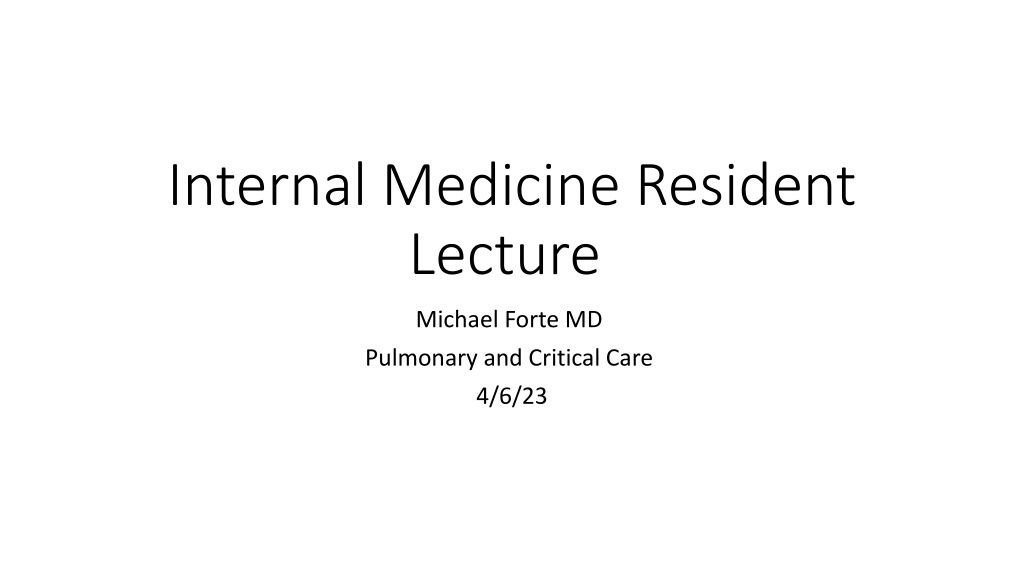

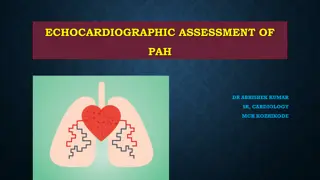
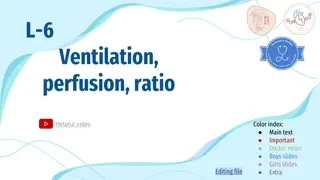
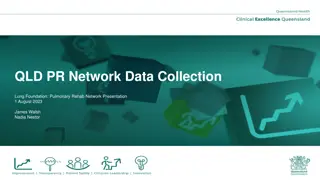

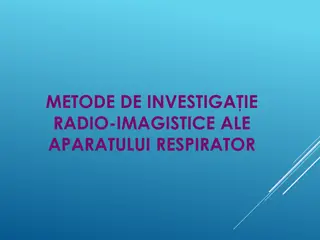
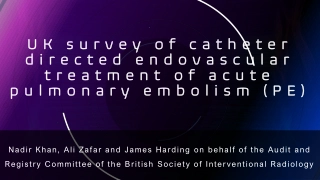
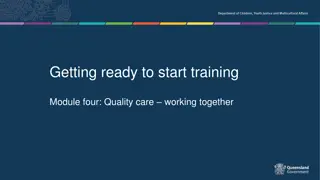
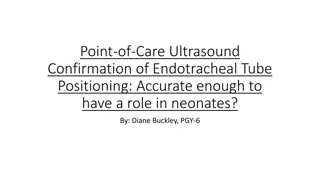

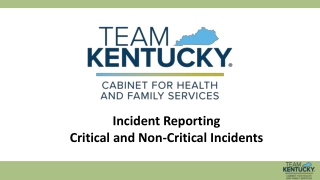
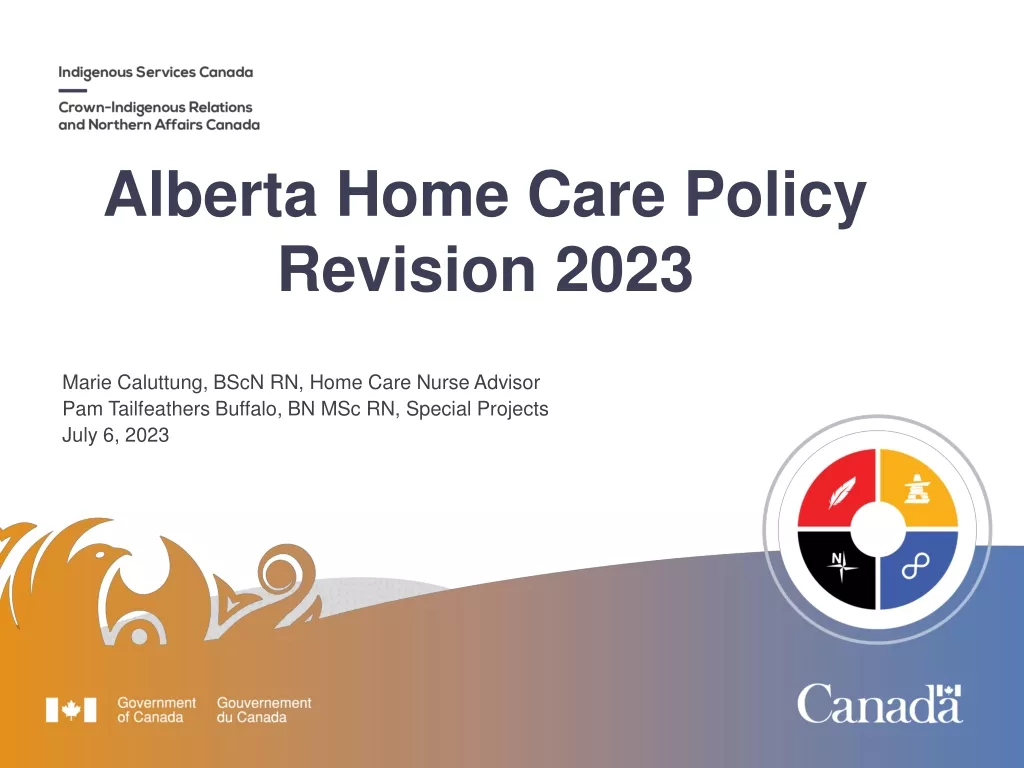

![Skincare Market Growth & Key Industry Developments [2030]](/thumb/26741/skincare-market-growth-key-industry-developments-2030.jpg)
